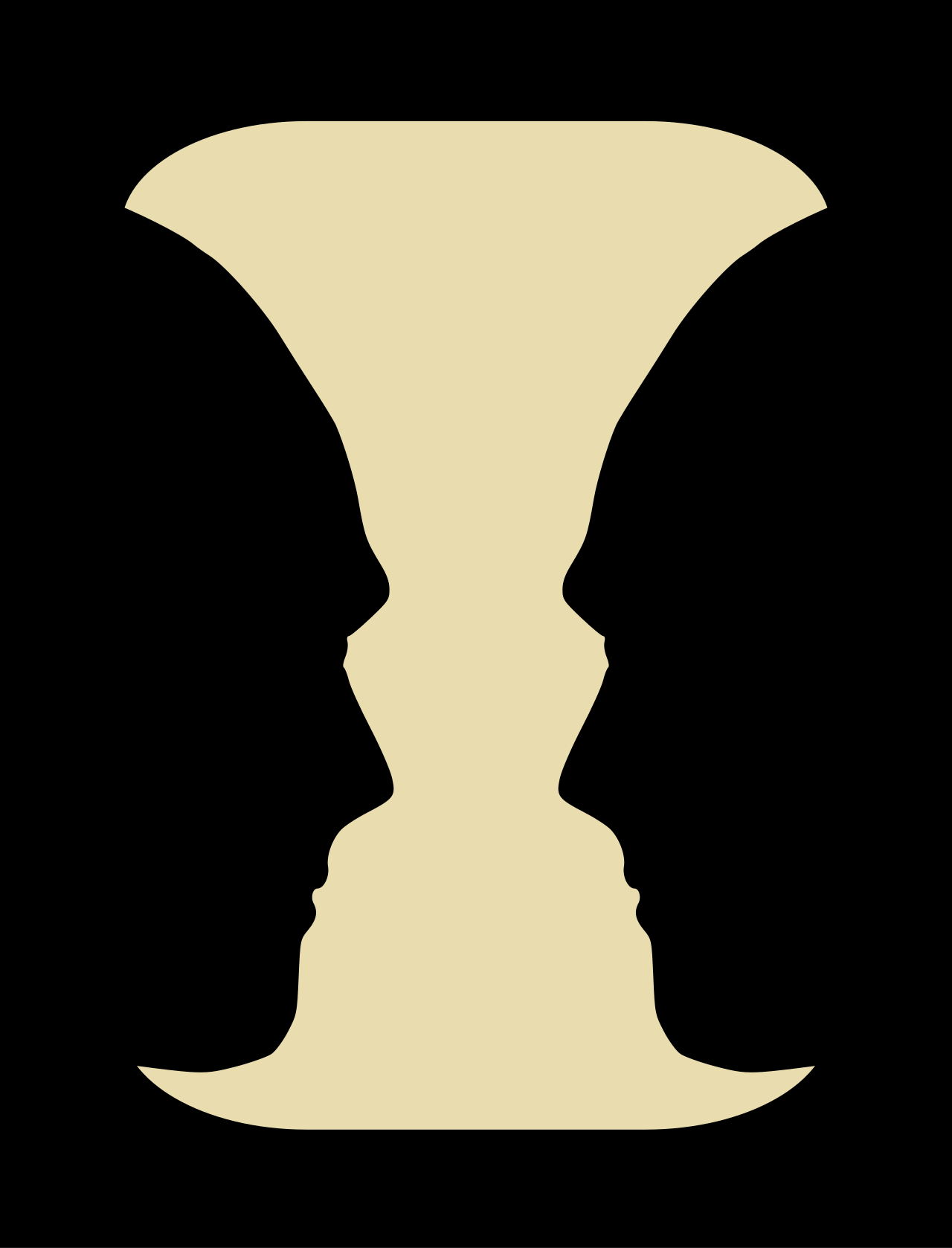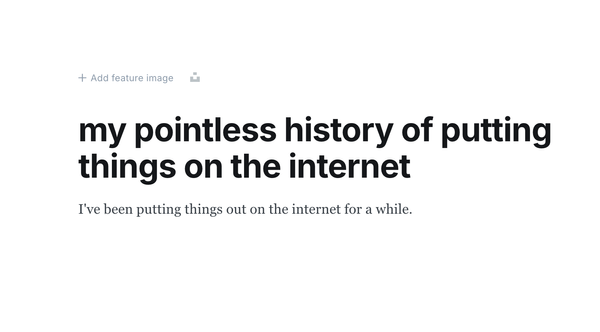Vocal fry and illusory unravelments
A friend recently pointed out that I have a discernable vocal fry. I had to look it up—a short description immediately made me understand that I had it.
Vocal fry is the lowest register (tone) of your voice characterized by its deep, creaky, breathy sound.
It's the casual, rolling and mildly gritty register that my voice takes on at the end of my sentences.
This mundane discovery was astonishing. I can't pinpoint where I picked up this habit. I couldn't help but catch myself frying up my vocals, reliably pulling me out of my conversational daze to the brightness of the present moment. These days, I find myself mentally noting how fried everyone's voice is. Many (but not all) of my friends and not-friends have a vocal fry. I might have noticed this odd quality that voices have a couple of times. But not having a label for it made me generally deaf to it. It was as though until I had truly known it, it didn't exist.
I didn't have to make any effort to get to this place where I was observing vocal fry everywhere. It didn't take hours of practice, mental strenuousness or any significant effort on my part. I just had to know, and it changed how my world felt.
That which is observed cannot be unobserved.
You cannot choose how some observations change you. You can only surrender to them. It's possible to have your entire world recoloured through one well-internalised observation.
I find this class of observations analogous to an optical illusion.

When I look at the above picture, I notice a vase and then two faces (or vice versa). Nothing has changed in my sensory input—but knowing this other way of looking at it completely changes the picture's meaning. I just had to know and now I can't unsee the second interpretation.
Most of my best insights for navigating the messy world have come through such illusory unravelments. It has made cleaning broken fridges fun. It has made discomfort desirable. It has made cringy advice extremely valuable. Sometimes you just have to surrender to knowing how to see a thing in a different way and it clicks.
While it's often effortless to switch to a new reality once an illusion is unravelled, it isn't necessarily effortless to actually unravel it.
Consider this illusion. I'm going to tell you upfront—A and B are the same colour.

If you are like me, you might find this illusion really hard to break. I even proved to myself that the colour is the same through a colour picker. But I still didn't see it. I couldn't unravel it.
Sometimes you need the right nudge.

With this aid, I could go back to the first image, stare at it intently (but with some ease) for 5 minutes and suddenly the illusion completely disentangled under my attention. Now I can see how my mind fools me every time I see this image with little effort.
Over time, I found many illusions and beliefs I held that could be disentangled by finding the right nudge, reframing the same input and seeing it in a new reality. The nudge could come from anywhere. A weird thought. A well-written sentence. A good book. It needs observation.
There's also the final boss of all illusions which is that the "I" or the self does not actually exist, your thoughts emerge from nowhere and definitely not from "you", the feeling of your head is made up and there's only a still open space and nothing else. This illusion is one of the hardest to unravel and it takes some people years to get there. But with the right nudge and keen observation, it is possible.



